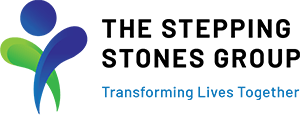My personal goal when choosing therapy materials is to find things that can be used regardless of what language someone speaks. I SPY books have quickly become a favorite.
These come in several different levels based on age and developmental abilities. The variety of goals that can be targeted are endless!
Goals:
- Vocabulary Naming, Descriptive Language (describe any qualitative features of the items you are looking for)
- Spatial Concepts (I see the *item* near the top/bottom of your page)
- Following Directions (Find the ball that is next to the tractor, then clap your hands)
- Comparative/Superlative
- Synonym/Antonym
- Category Naming/Naming Items in Categories
- Recalling or Sequencing
I SPY Books for younger ages: *NOTE: each one of these examples is part of a series, so you can choose a different topic or theme.
- I Spy Little Series
- Little Look and Find Series
- Bluey Series
- Explore and Find Series
I SPY Books for older kids:
- Where’s Waldo? Series
- I Spy Series
- The Big Book of Seek and Find
- The Hardest Hidden Picture Book Ever
Beyond specific language goals, you are also indirectly targeting attention, visual tracking, turn-taking, patience and resolve, initiation and inhibition, and planning or execution of a plan. These are all fundamental skills that play into how we learn and use language.
Have you used I Spy concept books in therapy before? What other goals have you targeted using these types of books?
Author: Megan Kimmel, M.S. Bilingual CCC-SLP

.png)